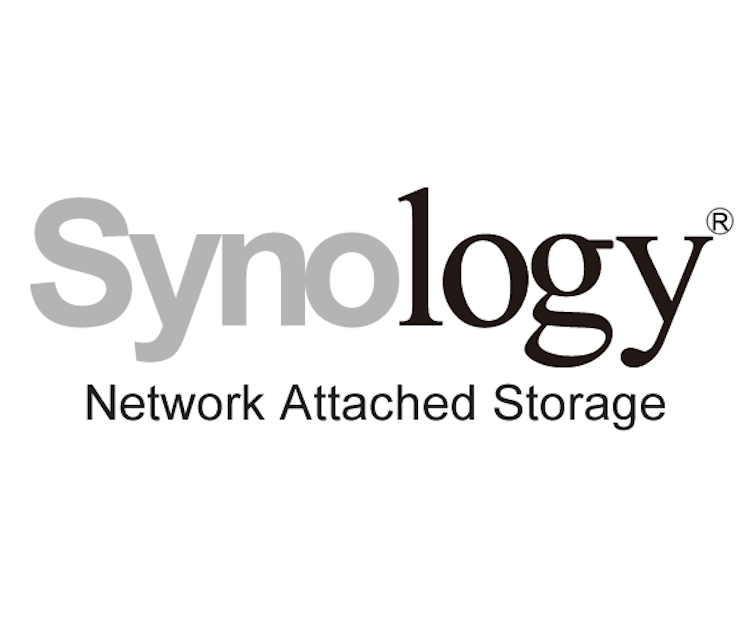Debian 12 – Controller Unifi – Self Hosted
Debian 12 – Kontroler Unifi – Samodzielny hosting Wymagania wstępneZanim rozpoczniesz proces instalacji, upewnij się, że masz następujące elementy: Maszyna z systemem Debian 12.Konto użytkownika z uprawnieniami sudo. Jeżeli nie masz takich uprawnień odwiedź poniższy link:https://mj-fk.pl/debian-ubuntu-dodaj-uzytkownika-do-sudoers/ Instalacja Przed zainstalowaniem nowego oprogramowania, dobrą praktyką jest aktualizacja pakietów systemowych do ich najnowszych wersji. Otwórz terminal i uruchom następujące polecenia: sudo apt update Najnowszą aplikację UniFi Network można pobrać, klikając: Wklej link w poniższej składni polecenia i uruchom go: wget https://mj-fk.pl/wp-content/uploads/unifi-8.5.6.zipsudo apt-get install unzipunzip unifi-8.5.6.zip Teraz uruchom pobrany skrypt o nazwie unifi-8.5.6.sh, uruchamiając następujące polecenie: sudo bash unifi-8.5.6.sh Podczas procesu instalacji musisz zezwolić… Dowiedz się więcej »Debian 12 – Controller Unifi – Self Hosted


